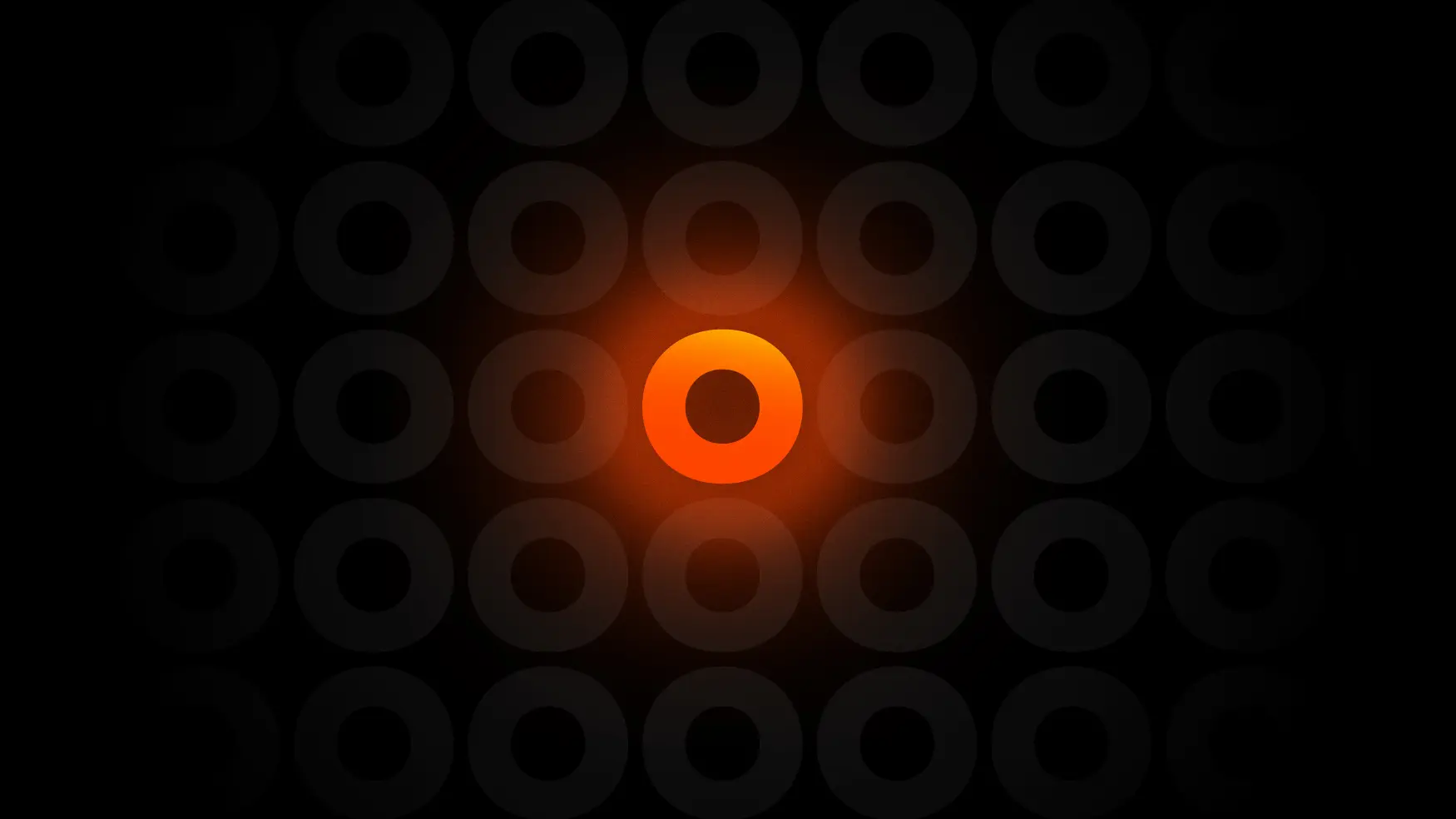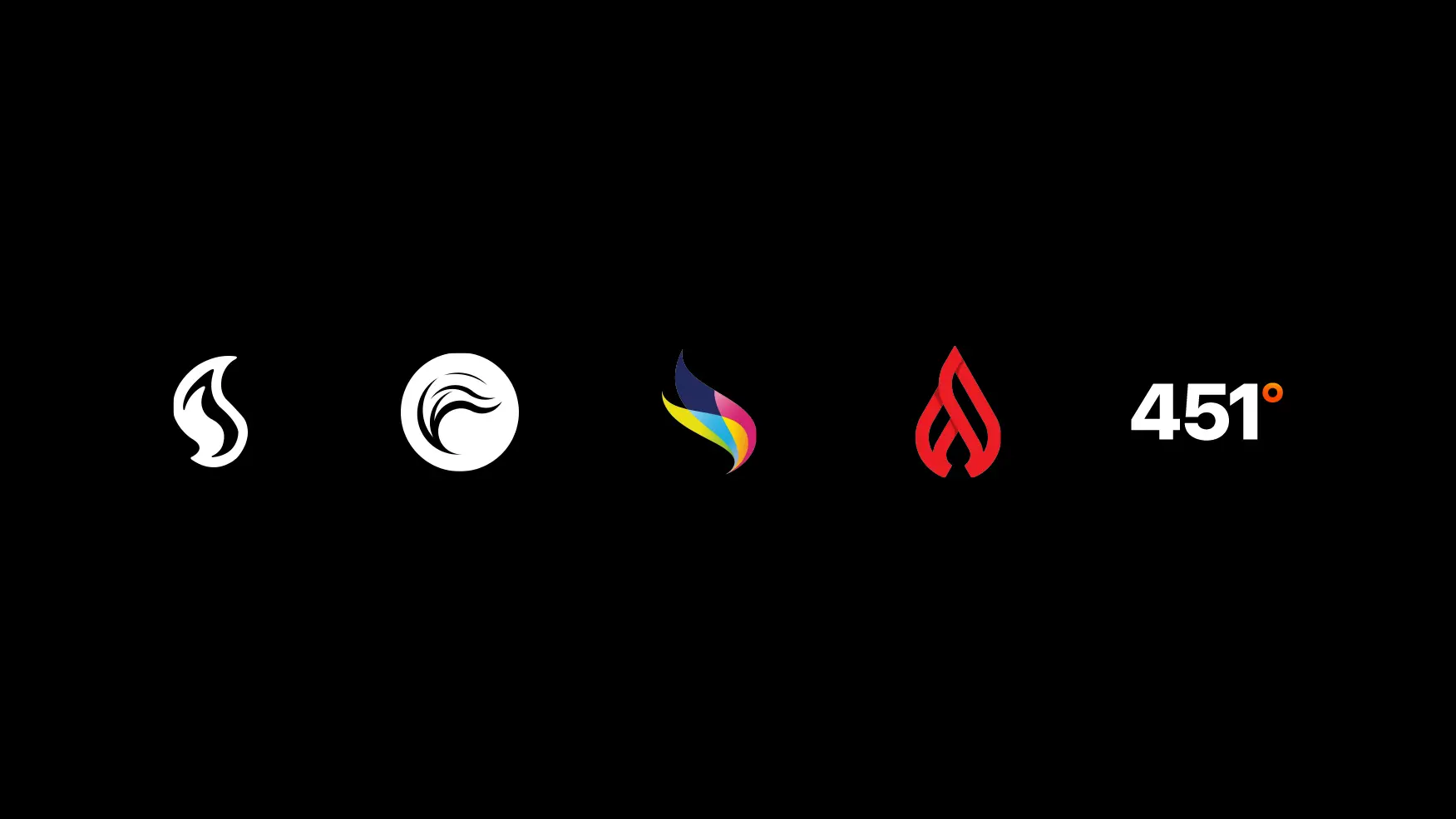The Fluidity of Interactive Design
The landscape of interactive design has undergone a huge transformation in recent years.

Share this Article
The landscape of interactive design has undergone a huge transformation in recent years.
The once clear boundaries between design and development have blurred, leading to a convergence of roles. Designers, both UX and UI, frontend developers, and other professionals, now find themselves collaborating so closely on projects that demand a holistic understanding of multiple disciplines that sometimes seems plausible to have them all in a single person.
Traditionally, designers focused on the visual elements of a website or app to create a cohesive and aesthetically pleasing user experience. However, as digital has become more interactive, designers were forced to expand their skillset to encompass development principles, ensuring their design can be seamlessly implemented.
Frontend developers were once tasked with translating designs into code. Not any more.
However, the increasing complexity and interactivity of designs required a deeper understanding of design principles, enabling them to accurately capture the designer’s vision in their code.
UX developers, who once bridged the gap between design and development, now focus on the technical implementation of the user experience design.
Their role has gone to unexpected levels of importance.
They ensure that the final product not only looks good but also functions seamlessly and intuitively, meeting the needs and expectations of users.
The evolution of design, in all of its forms, has led to a natural convergence of design and development. Today, many identify as both designers and developers, embodying a multidisciplinary approach. This shift is driven by the demand for professionals who have a deep understanding of user interaction design, those who are able to seamlessly blend creative design thinking with technical development expertise.
The landscape of creativity, in all of its forms, is now characterized by fluidity and adaptability.
The convergence of design, development, and UX roles has ushered in a new era of collaboration, resulting in streamlined workflows, enhanced communication, and ultimately, a more impactful and engaging digital experience with less resources.
More News

The Creative Director: From Mad Men to AI Madness
I started in advertising at the tail end of the Mad Men era—where creatives had the luxury of time, attention, and full-length TV commercials. Fast forward a few decades, and we’re now navigating an industry where attention spans are shorter than a goldfish’s memory, and ideas must fit within a 10-word post.

The Story Behind 451°: from paper to pixels
Our agency, 451° takes a queue from Ray Bradbury’s iconic novel, Fahrenheit 451 and makes our name just a number, although it’s much more than that.